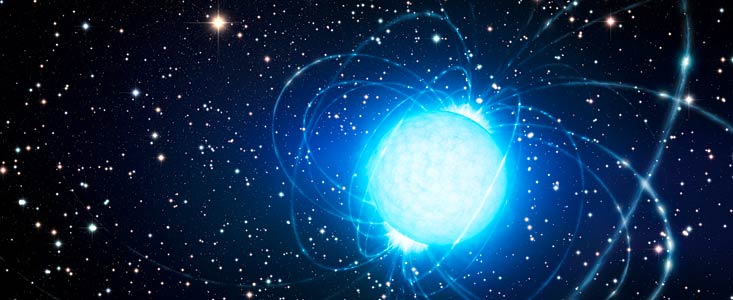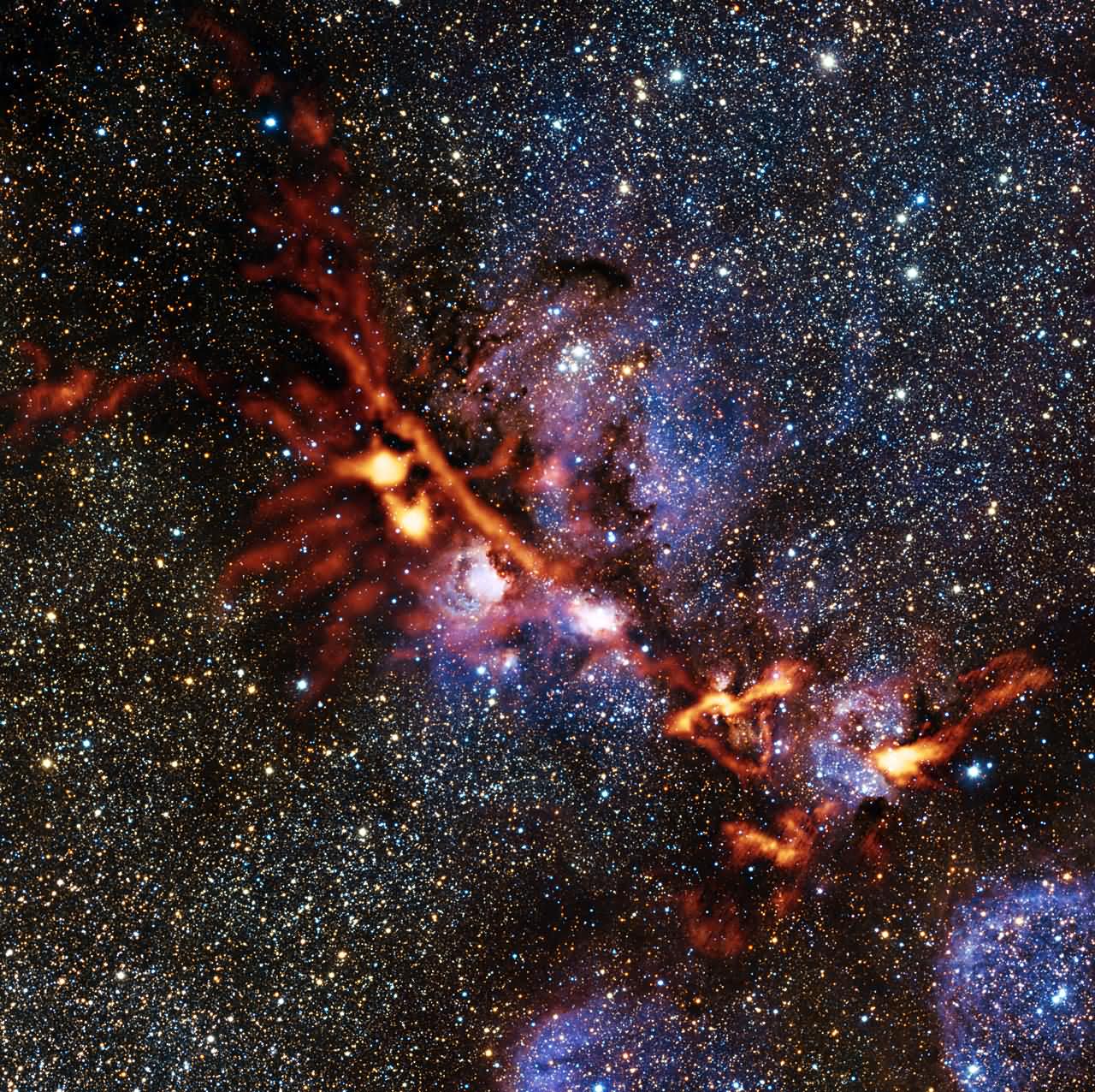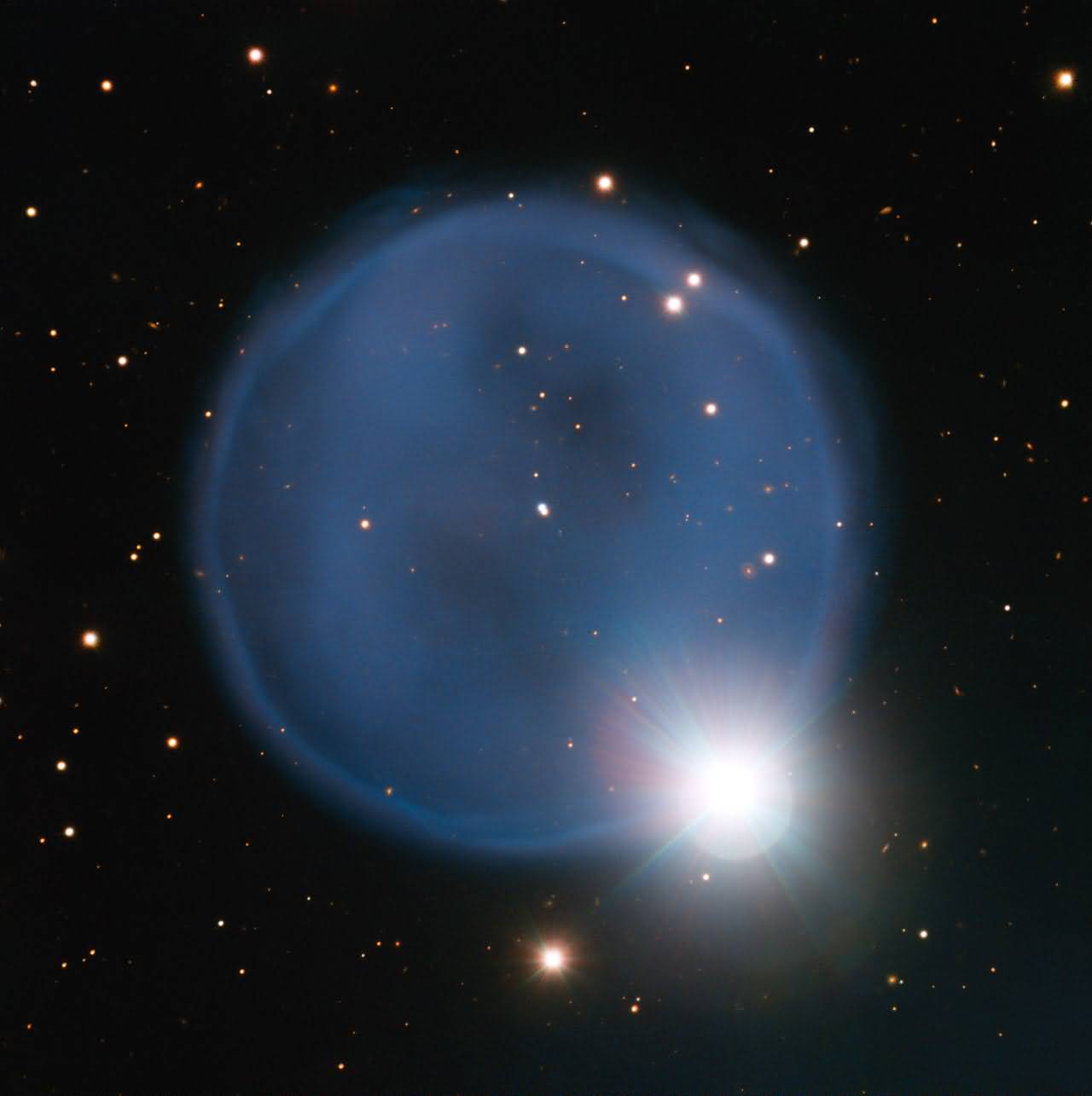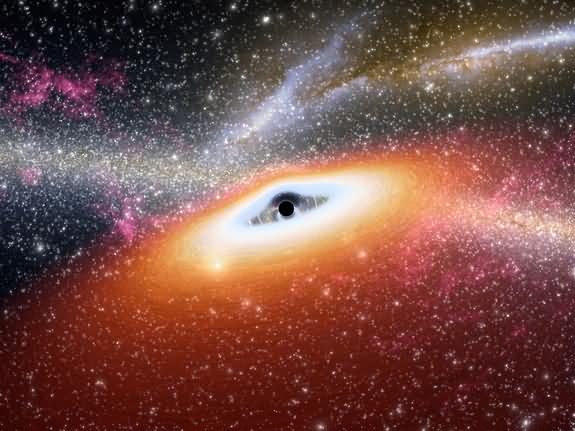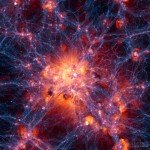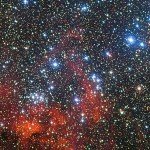Has the Smoke Curtain Been Lifted on Magnetar Formation?
Magnetars are the strange, superdense remnants of supernova explosions. They are the most powerful magnets known in the Universe—millions of times stronger than the strongest magnet on Earth. A team of European astronomers using ESO's Very Large Telescope (VLT) believes they have found a companion star to a magnetar for the first time. The discovery could help understand how magnetars form—a 35-year-old puzzle—and why this particular star didn't collapse into a black hole as astronomers expected.
A massive star begins to collapse under its own gravity during a supernova explosion, neutron star or it becomes a black hole. Magnetars They are an unusual and intriguing type of neutron star. Like all such strange objects, they are tiny, have an unusually high density—a teaspoon of neutron star matter weighs about a billion tons—and possess extremely powerful magnetic fields. As a result of the enormous stretching of their crust, starquake Due to sudden irregularities known as 'magnets', a very large amount of gamma rays are emitted from their surfaces.
Westerlund 1 is a southern celestial constellation located in the direction of the Altar and 16,000 light years away. [1] The star cluster is home to one of two dozen known magnetars in the Milky Way. Known as CXOU J164710.2-455216, the magnetar has been puzzling astronomers.
“In our previous study (eso1034) Westerlund 1 cluster (eso0510We've shown that a magnetar must have been born from the explosive death of a star 40 times more massive than the Sun. However, it now appears to have a problem, as a star with such a mass should have collapsed upon its death to form a black hole, not a neutron star. We haven't figured out how this star evolved into a magnetar.“ says Simon Clark, lead author of the paper that analyzed the results.
Astronomers have proposed a solution to this conundrum. A magnetar is proposed to form as a result of the interaction between two very massive stars in a dense binary star system orbiting each other at the Earth-Sun distance. However, until now, no companion star had been detected near the magnetar in Westerlund 1, so astronomers using the VLT set out to find it. Out of control They began searching for stars that were leaving the cluster at high speeds. The supernova explosion that created the magnetar could have ejected this star from the cluster. One of the stars, Westerlund 1-5 [2] was doing exactly this job.
“Not only did this star behave as if it had been expelled from a supernova explosion, but it was also too bright to have formed alone. Furthermore, it had a carbon-rich structure that no single star could have— Clear evidence suggests that this star first formed as a binary companion star.“ adds Ben Ritchie (Open University), co-author of the new paper.
The discovery will allow astronomers to reconstruct the story of stellar life that formed a magnetar, rather than an expected black hole. [3]In the first stage of this process, the heavier star in the binary begins to burn through its fuel and sheds its outer layers to the companion star—thus becoming a magnetar—and thus begins to spin even faster. This rapid rotation appears to be a necessary ingredient for the development of the magnetar's extremely strong magnetic field.
In the second phase, as a result of this mass transfer, the companion star's mass increases and it uses its fuel to burn the mass it gains. Most of this mass is lost, while some returns to Westerlund 1-5, which we still see shining.
“This matter exchange gave rise to Westerlund 1-5's unique chemical signature and reduced the mass of its companion, causing it to be born a magnetar instead of a black hole—a star trick with cosmic consequences! concludes team member Francisco Najarro (Astrobiology Center, Spain).
Being part of a binary star system seems to be a necessary ingredient for forming a magnetar. The rapid rotation generated by the mass transfer between the two stars is necessary to create a strong magnetic field, while a second phase of mass transfer and magnetar-style weakening prevents the star from collapsing into a black hole upon its death.
Notes
[1] The open cluster Westerlund 1 was discovered in Australia in 1961 by Swedish astronomer Bengt Westerlund, who later moved from there to Chile where he became Director of ESO (1970–74). This cluster lies behind a giant cloud of interstellar gas and dust that obscures much of its visible light. Its fading factor is greater than 100,000, which is why it has taken so long to understand the nature of this particular cluster.
Westerlund 1 is a workplace for understanding the physics of unusual stars and is helping astronomers understand how the most massive stars in the Milky Way are born and die. Based on observations, astronomers estimate that this cluster likely has a mass 100,000 times greater than the Sun, and all its stars are located within a space smaller than 6 light-years. Therefore, Westerlund 1 appears to be the most massive, dense cluster of young stars yet detected in the Milky Way galaxy.
All stars analyzed so far in Westerlund 1 have masses of at least 30–40 solar masses. Because such stars have relatively short lives—in astronomical terms—Westerlund 1 must be a very young cluster. According to astronomers, its age is around 3.5 to 5 million years. Therefore, Westerlund 1 is clearly a newborn cluster in our galaxy.
[2] The full designation for this star is Cl* Westerlund 1 W 5.
[3] As stars age, their nuclear reactions also change their chemical composition—the elements that fuel the reactions are depleted, and the products of the reactions begin to accumulate. This stellar chemical fingerprint is initially hydrogen and nitrogen-rich but carbon-poor, and only in the latter stages of the star's life does the carbon content increase, suggesting a drastic decrease in hydrogen and nitrogen content—it was thought impossible for individual stars like Wd1-5 to be simultaneously hydrogen, nitrogen, and carbon-rich.
Connections
News
ESO

